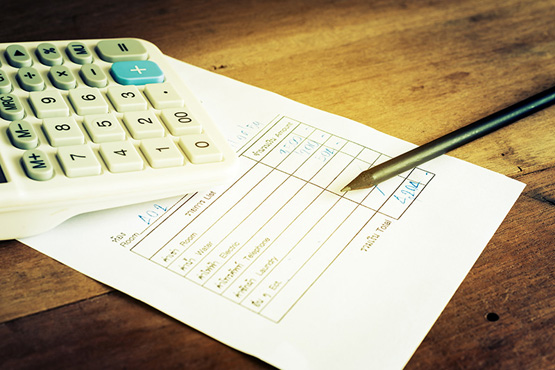
Three holdings in our utility coverage universe recently cut dividends; what makes them unique is that I still rate all of them as buys, as their decisions to hold in cash now is sowing the seeds for rich returns over the next 12 to 18 months, asserts Roger Conrad, editor of Conrad’s Utility Investor.
Dominion Energy (D) cut its dividend from 94 cents to 62.5 cents a share starting in Q4; this is arguably the least anticipated move by a utility in many years.
The company has consistently scored highly on all five of the criteria in our Quality Grade system, as management has reduced leverage and operating risk while steadily growing dividends.
In June, we commented that the company seemed to be shifting focus toward utility rate-based renewable energy investment. But shelving the Atlantic Coast Pipeline and selling almost all midstream assets to Berkshire Hathaway (BRK.B) is a faster shift than I expected.
Buffett’s premium offer of roughly 10 times EBITDA means a profitable exit. Management can immediately focus on its $55 billion, 15-year utility rate base investment plan.
And the deal cuts $5.7 billion in debt from the balance sheet (12 percent) while prospectively removing future environmental regulation and litigation risks, steps that induced credit rater S&P to lift its outlook for the BBB+ credit rating to “positive.”
The cost is the immediate loss of 90 cents to $1 a share of midstream earnings. And to compensate, management is cutting the dividend to an annualized rate of $2.50, promising 6.5 percent growth thereafter.
Over 35 years in the investment business, I’ve found we usually do better trusting the bird in hand (income) over the proverbial two in the bush (growth). But in Dominion’s case, the opposite is likely true.
Mainly, the promised growth is from regulator-sanctioned utility rate base investment. And the foregone income with the cut is from midstream operations likely to face rising regulatory challenges. Buy Dominion up to 85.
Transurban Group (TRAUF) cut its semi-annual dividend the was scheduled for payment in August by roughly half (-47.7 percent). Management, as expected, is holding in cash to offset sharply reduced traffic this spring on its toll roads in Australia, the UK and the US.
The good news is Transurban’s roads have seen an uptick in traffic from the mid-April lows. Despite Covid-19 related challenges to construction schedules, management was able to bring the M8 project into service in early July, starting tolling on the M5 East in Sydney, Australia. And in late June, S&P affirmed the company’s credit rating.
The bottom line: Transurban is weathering Covid-19 fallout. And there are already signs that toll road traffic is surging in places where social distancing measures are rolled back, as commuters prefer their own transport to dodge health risks of mass transit. Buy at USD10 or lower.
Closed-end fund Kayne Anderson MLP/Midstream (KYN) has settled on a quarterly dividend at an annualized rate -58.3 percent below the former monthly payout. The good news is that level appears supported by what’s now a portfolio of best in class midstream companies.
We generally favor buying individual stocks to funds. And management’s heavy use of leverage (32.12 percent of assets) can be a double-edged sword, as we saw with forced portfolio sales to cut debt during the March meltdown.
But now trading at a nearly 20 percent discount to net asset value and with its holdings deeply discounted against historic valuations, Kayne is again a buy for risk-tolerant investors at 5.50 or lower.



